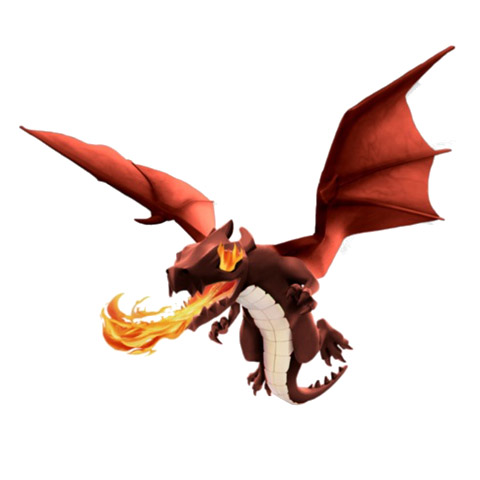
4. Dragon Mastery: Techniques
<<< 3. Dragon Mastery: Attack Styles
In this section, we demonstrate through replays several of the techniques mentioned in the previous sections.
Clumping vs. Spreading Dragons
The following attacks show just how bad it is to clump our intial dragon deployment. The first attack also carried the downfall of bringing along three rage spells, which is generally a terrible idea. Note that lvl3 dragons fail in the first video, against a base that lvl2 dragons easily take out as shown in the second attack.
Funneling Dragons
This video shows a heavily nested TH9 base that easily shuts down a dragon attack when proper funneling is not carried out. In the first attack, poor planning results in a sad failure for the dragons. However, in second attack, we show that when the sides of this base are knocked out before the center structures are, dragons are capable of easily powering through this nested core. Note that three rages were used in the second video, but this is still an attack that would benefit from the use of 2rage/1heal instead.
This second video shows another example of how essential it is to funnel dragons into the core of the base, this time of a TH7 attacking a TH8 base. Both of these attacks feature lightning spells hitting back-most AD, but a rage/heal combination could have worked as well.
Awareness of Clan Castle Pulling
These attacks demonstrate what was mentioned in the previous section regarding enemy cc troops. In the first attack, we see that the enemy cc troops pull in and tie up a majority of the dragon army, which wastes a lot of valuable time for the dragons. In the second attack, a tweak in initial placement results in only a few dragons being pulled in to attack the cc troops, while the rest of the dragon army continues to work through the base. These attacks also provide further evidence against clumping dragons, even when cutter dragons are used to funnel the main pack into the core.
Deployment Timing
These are interesting replays in that both attacks are nearly identical, other than a slight change in deployment timing and positioning of the dragons. We see that in the first attack, the initial two side dragons move into range of the AD’s well before the army is ready to engage, and are both lost quickly. This is essentially the mistake mentioned earlier that several popular strategy videos make with their careless deployment of cutter dragons. Consequently, the weakened attack fails to make 3-stars. However, when this mistake is corrected in the second video, we see nearly the same exact attack is able to easily wipe out the base. The take-away here is that tiny details such as these can result in major differences in the outcome. While correcting obvious mistakes such as deployment clumping mean the difference between average and good players, tiny details in deployment timing and positioning make the difference between good and great players.
Using Loons to Waste Seekers: (when their locations are known)
In this video, we show how balloons can be used to detonate seeker mines when their positions are known, such as in the case when a first attack fails. Previously, a clan member had just attacked and failed badly using lvl3 dragons. By removing these seeker mines from the base with balloons, lvl2 dragons were able to accomplish what lvl3 dragons couldn’t. While the attack was nice, from the clock we see that the attack almost timed out, finishing by only a couple of seconds. This close-call could have been avoided if the loons and dragons were deployed first, before the lightning, as this deployment order lost the attacker about seven seconds off the clock.
5. Dragon Mastery: Preliminary Base Analysis >>>
. . .

pls
Buy cialis no prescription is there a generic for .